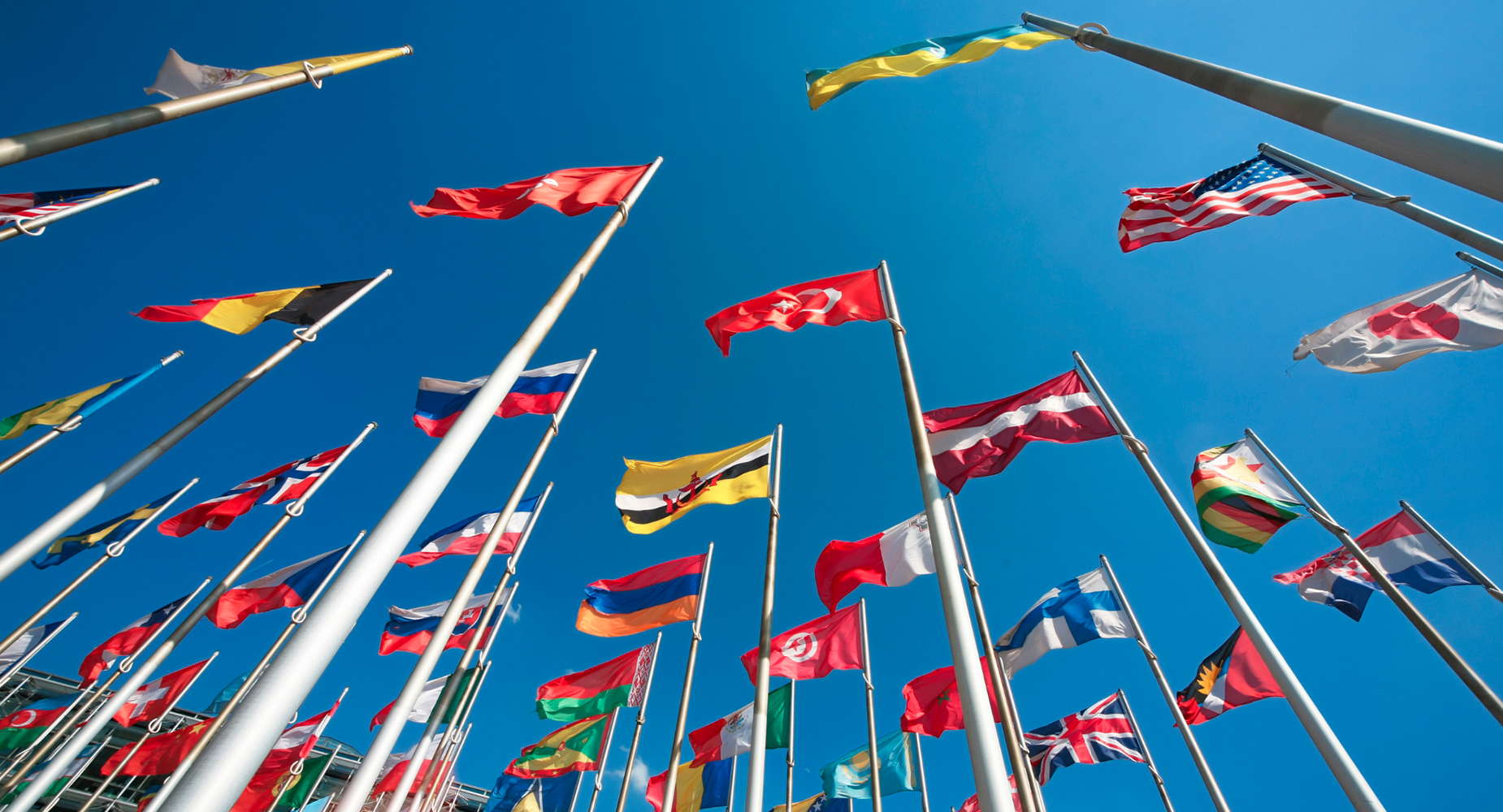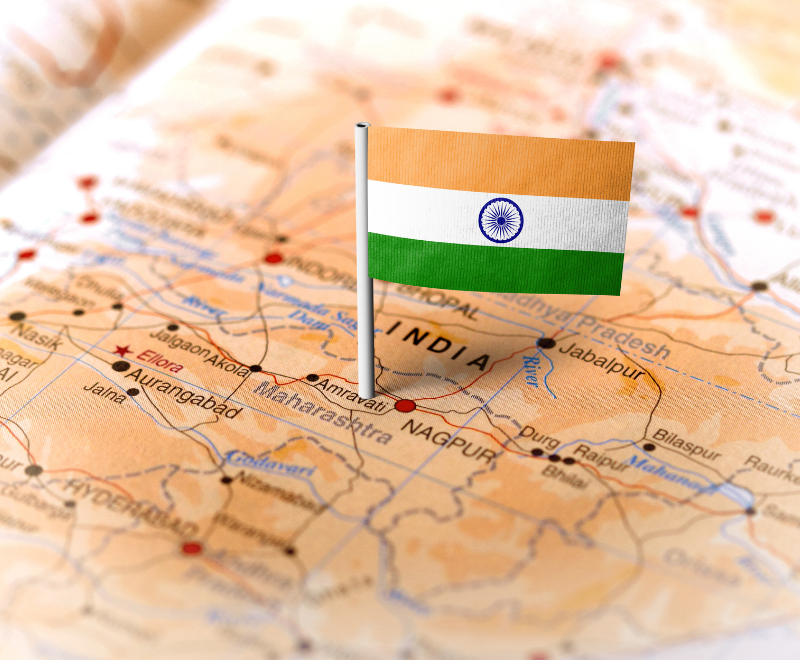Even getting the name right is a challenge – the Comprehensive and Progressive Trans Pacific Partnership, a trade agreement between 11 countries bordering the Pacific, including Japan, Canada, Mexico and Australia, which the UK has negotiated to join. Last week, the Act of Parliament underpinning the UK’s membership received Royal Assent. The UK won’t actually become a full member until the existing membership also approve its participation, which will take several more months.
But it’s not just the name which has caused confusion. Membership of CPTPP has become a lightning rod dividing enthusiasts for Brexit and those who see it as a side show compared with loss of access to the EU market.
The truth, as so often, lies somewhere in between. Membership of CPTPP will never replace the importance of our trade ties with the EU. Nor would any sensible person argue that it is intended to. But it is an important link with the markets of the Pacific region, where trade and GDP are projected to grow fast over the coming decades. True, the UK already has individual trade agreements with almost all the current members of CPTPP. But the 11 members have (with the odd exclusion) agreed a common set of rules on a broad range of matters, including areas of importance to the UK such as digital trade and services. In today’s fractured international trading environment, that counts for something.
Businesses in the region are using CPTPP rules rather than those of individual agreements because they give more flexibility to draw on the advantages of different investment destinations in constructing supply chains. And it’s just simpler to use one set of rules than many.
CPTPP is also expected to expand. The UK is the first country to join after its inception, but others such as Thailand and South Korea have expressed interest and there are a number of other applicants – including Ukraine. In what is probably regarded as a mixed blessing, both China and Taiwan have submitted applications to join.
Originally the US was a leading light of the predecessor to CPTPP, the Trans Pacific Partnership. US membership was cancelled by Donald Trump and is now out of favour across the political spectrum in the US. But in the Asia Pacific region countries are still embracing the benefits of trade agreements in boosting growth and jobs. Apart from CPTPP, there is another recent mammoth trade grouping, the Regional Comprehensive Economic Partnership, which includes China, ASEAN countries and others in the region. India is inching its way towards agreements – shallow by comparison with CPTPP, but potentially the start of a journey which will lead further.
There is nothing to be lost in joining CPTPP, which requires minimal adjustment of UK domestic policy, and plenty to be gained from being an influential player in shaping the rules governing trade in a fast growing part of the world. Geopolitical risks are of course not absent from the Asia Pacific area, but from a trade perspective, it sometimes seems one of the few areas in the world where the vision of trade as a force for good survives.
The Department for Business and Trade is hosting a roadshow in the UK In June showcasing the opportunities in the region and businesses would be well advised to engage with it and, more widely, to think about their strategies for selling goods and services to the growing middle class in these exciting markets.
**
Looking for insights and support on how UK trade policy will impact your business in the near-term? At Pagefield, we understand there are many challenges – and opportunities – for businesses looking to thrive on the global stage with 2024 being a pivotal year for UK politics. If you want to talk to us about how we can help you to engage with international markets to achieve your strategic aims, please get in touch at hello@pagefield.co.uk



